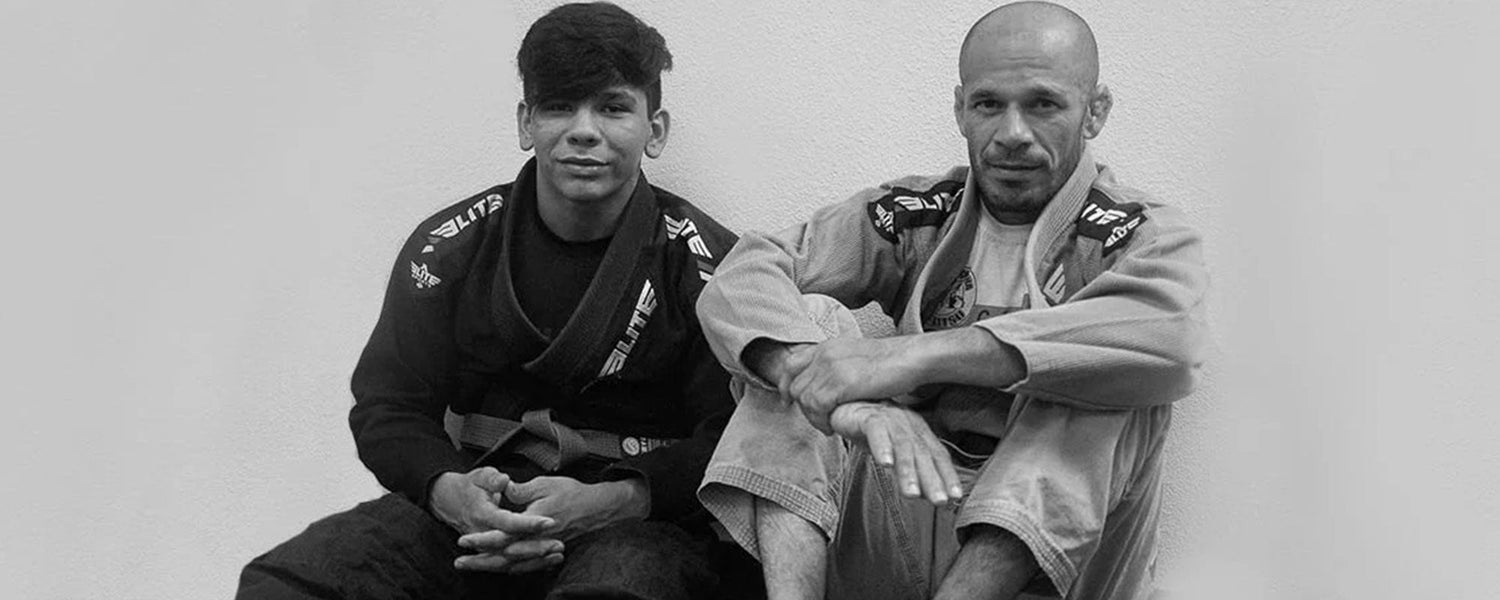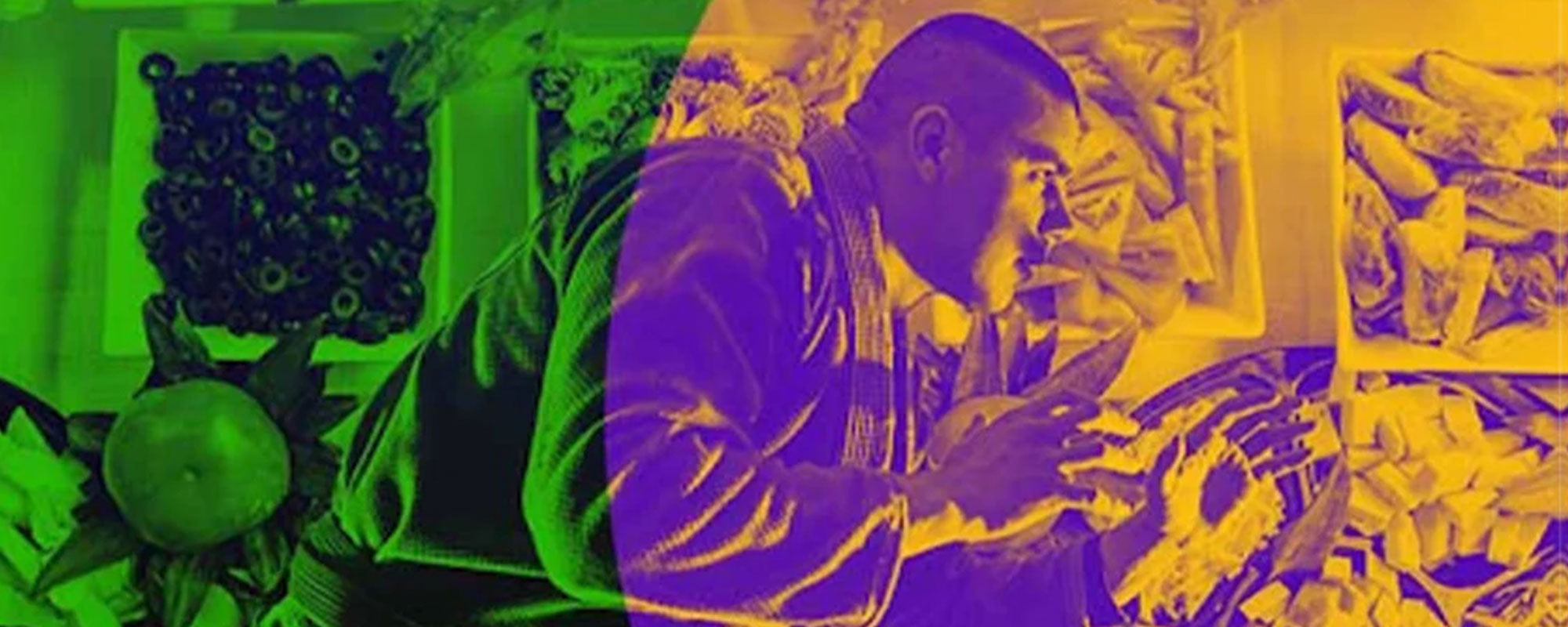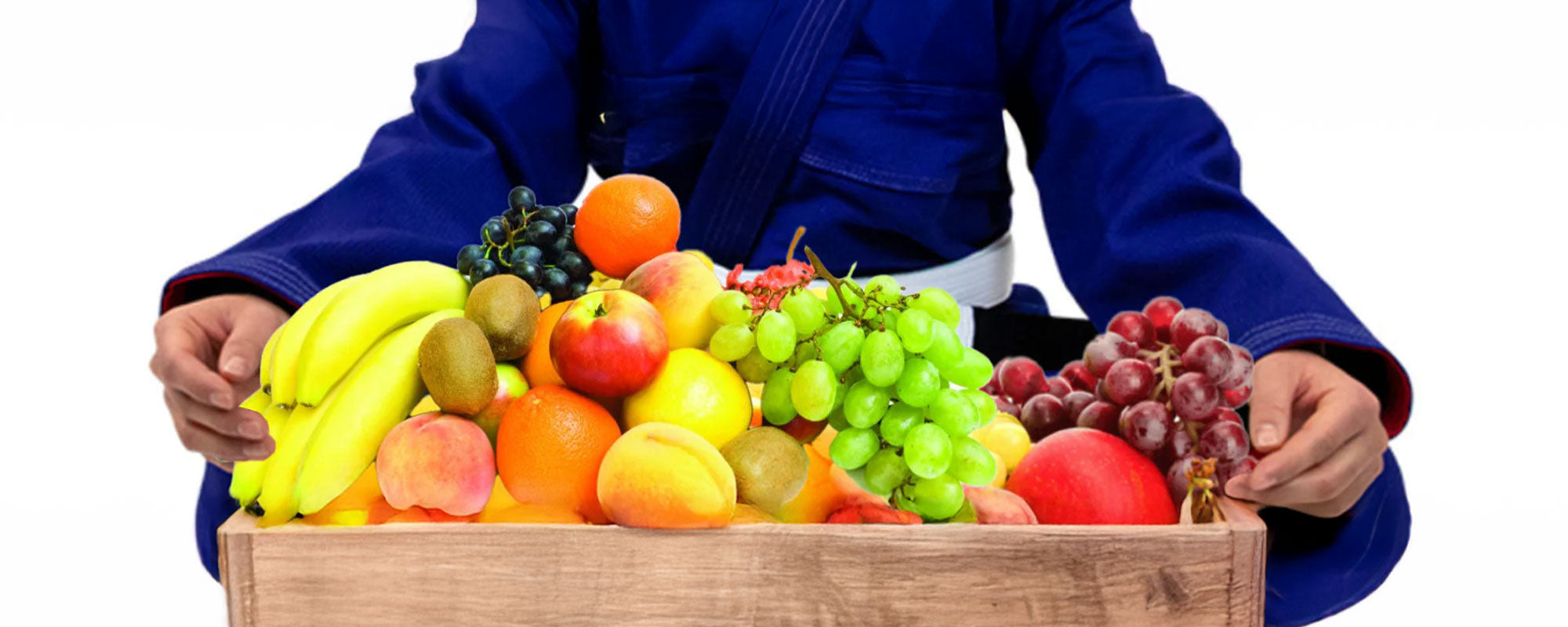Table of content
According to researcher Bogdan, aging is the complex biological process involving gradual and spontaneous changes in the body from childhood to old age. Muscular and skeletal aging is the major cause of changes in the human body at the age of 50. During the aging process, the decreased level of water in active cells leads to metabolic changes that correlates with the decline of organ functions.
But research in health and fitness has shown that the aging process can be delayed by doing physical exercises, resulting in better mental and bodily functions that improve longevity.
Martial arts have the capacity to improve the health of middle aged and elderly people, improving their mental and emotional states. Read the whole article to learn the five best tips to start Brazilian Jiu-Jitsu when you are 50 years old or above.
1. How Is It to Start Brazilian Jiu-Jitsu After Your 50s?
Adults who are likely to experience a decline in their physical and emotional health may benefit from participating in different martial arts programs. Doing so may improve the following factors in any middle-aged individual 50 years old or above.
- Improves organ functionality
- Enhanced quality of life
- Less risk of falls and injuries
- Less chance of chronic diseases
- Lower blood pressure
- Less chance of metabolic diseases
- Improved psychological health
- Increased muscle velocity
- Less oxidative stress
Most researchers think that taking up jiu-jitsu between your 40s and 50s improves the quality of life by conditioning the joints and muscles. The following are ways in which you can start practicing jiu-jitsu even if you are middle-aged. You can start practicing Brazilian Jiu-Jitsu to work out your body or just as a hobby.
2. What Is The Best Way to Practice BJJ if You're Over 50?
Before starting BJJ training, elderly individuals must understand the five ways to adopt Brazilian Jiu-Jitsu in their routines:

2.1. Rest Less and Exercise More to Start Jiu-Jitsu After Your 50s
BJJ practitioners are involved in highly intense physical activities during training. However, if you are a middle-aged person, then you should opt for multicomponent physical activities that evenly works out your body and strengthens your muscles. Aerobic exercises are the best way to start jiu-jitsu after you hit your 50s.
Many studies that have evaluated the benefits of physical activity in health generally recommend 30–60 minutes of moderate to intense physical activity per day for at least five days per week. Incorporate exercises that you can do at BJJ gyms.
BJJ is a martial art that is constantly evolving. The more you train your body, the better it will be able to handle stress and improve your mental fortitude. Start by trying to accomplish small achievements before moving onto harder challenges.
2.2. Don’t Let Your Ego Affect Your Jiu-Jitsu Training After Your 50s
If at the age of 50 or above you want to start practicing jiu-jitsu, then your state of mind matters a lot. Brazilian Jiu-Jitsu is a psychological game that can be demanding on your mind as much as your body. To keep things simple, never let your ego dictate your actions. It is recommended when you start your BJJ journey that you determine the level of fitness and the types of physical activity you think you can manage. You may not be able to handle intense exercises the same as younger grapplers, but you still gain the benefits of practicing BJJ.
Your focus should be to avoid injuring yourself when grappling on a BJJ mat. You should just enjoy practicing BJJ rather than compare yourself to younger BJJ fighters.
Louis Choi stated in one of his interviews that it's never too late to start BJJ training but you are definitely going to regret it if you never try jiu-jitsu training.
2.3. Check Yourself For Any Chronic Diseases At Middle Age

Checking to see if you are suffering from chronic diseases is mandatory so you are aware of your physical health and how it may affect your ability to do regular exercise safely. Jiu-jitsu training may aid in treating your chronic diseases but proper health check ups are required to be able to join Brazilian Jiu-Jitsu.
Research has shown that regular physical activity improves the mobility of older adults. Regular exercise reduces the risks associated with cardiovascular health and has even reduced the chances of getting cancer, improving the body’s balance and functionality.
2.4. Stay Motivated To Enjoy the Therapeutic Effects of Jiu-Jitsu
Once you decide to start Brazilian Jiu-Jitsu, keep yourself motivated by joining a circle of middle-aged people who are already practicing jiu-jitsu. Jiu-jitsu is a sport that encourages social interaction between similar-minded individuals from any age group. Many research studies have shown that BJJ can be great way to promote better mental health. BJJ is consistently associated with low levels of aggression, greater resilience, and expanding your social network. In other words, BJJ encourages supportive communities that can reduce mental illness and promote better well-being. This goal has direct implications for social workers, psychologists, and physical therapists that seek to combat public health issues.

2.5. Practice Slowly and Consistently to Gain Inner Strength and Flexibility
Sugden stated,
“It is the confronting nature of the training along with the commitment, sacrifice, and time required to train and improve which is significantly engendering dropout. Yet the consequences of overcoming these difficulties are profound.”
At the age of 50, practice jiu-jitsu slowly and consistently with less intensity. Focus on getting the maximum benefits from BJJ. Avoid pushing yourself too hard and risking injury as it can slow the progress of your training.
Write down any BJJ exercises that involve grappling that cause intense pain. Do not strain any weaker muscles and joints. Instead, be smart and mindful about the needs of your body. The more you focus on the minor details, the more you gain in muscular strength and flexibility.
3. Beneficial Effects of Brazilian Jiu-Jitsu Even if You Are Over 50 Years Old

Joining a BJJ team is itself a success no matter which age group you belong to. Just look at Helio Gracie who kept on practicing BJJ until the age of 90.

As the body grows old, it starts weakening. Engage yourself in physical activities that keep you active even after the 50's, 60’s or 70’s. Jiu-Jitsu helps to improve the quality of life while learning and practicing something new.
4. I'm 13. Is it too early to start BJJ?
No, it is never too early when it comes to BJJ. BJJ is equally beneficial for toddlers and teenages. It improves communication skills in youths and removes the communication gap between adults and youths. A collaborative environment promotes social interaction between fighters.
5. Can I Become A UFC Fighter At The Age of 38?
To pursue a career as a UFC fighter, you first need to become the best version of yourself. There are many middle-aged fighters at the competitive level like Khalil Rountree. He was motivated and worked hard, taking part in many fights and earning plenty of reward money. Nothing is impossible when it comes to BJJ. Just make sure to follow the proper diet routines and check your supplement intake.
6. Is BJJ Twice A Week Enough to Make Good Progress?
If you have started your training at 50 years old or older, practicing BJJ twice a week may be suitable at first. However, consistent workout and physical activities are required to be able to practice jiu-jitsu.












Leave a comment
This site is protected by hCaptcha and the hCaptcha Privacy Policy and Terms of Service apply.